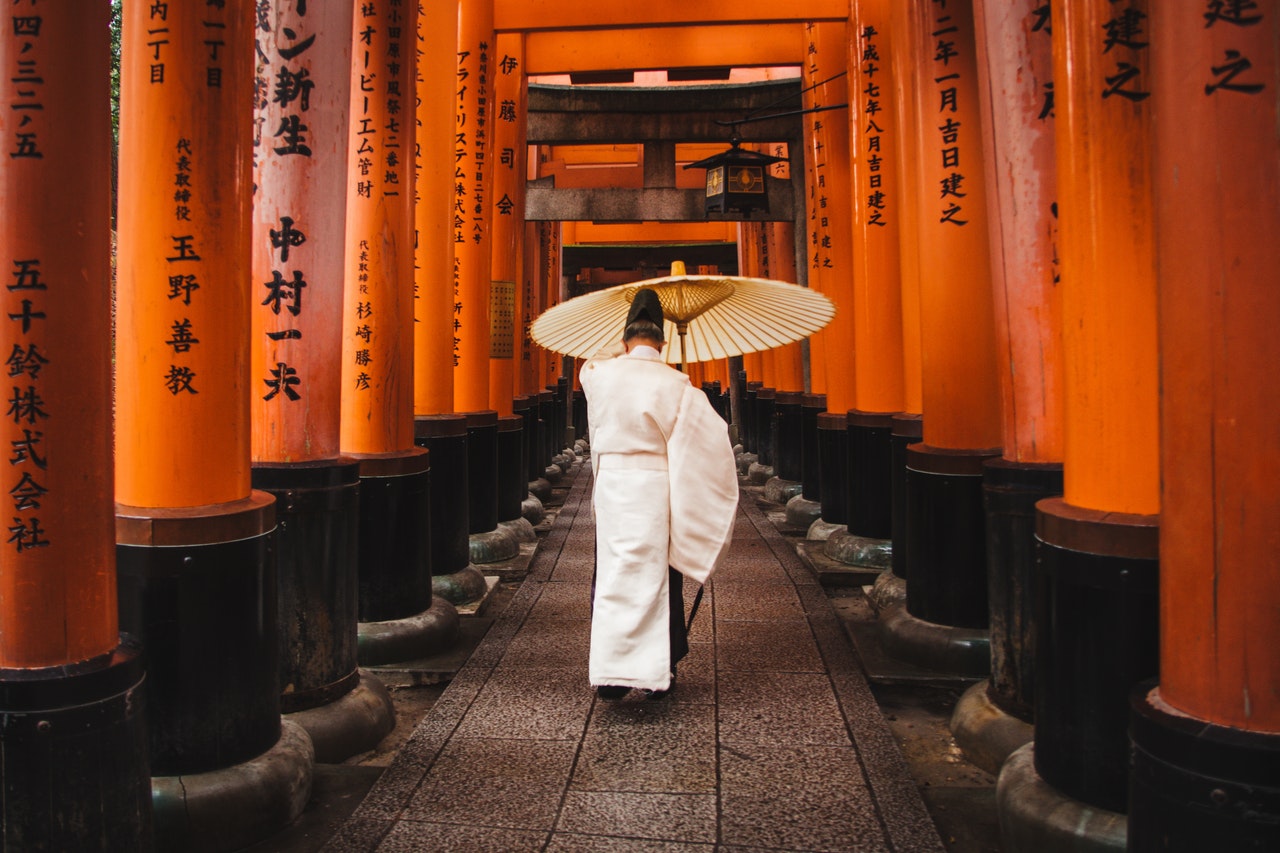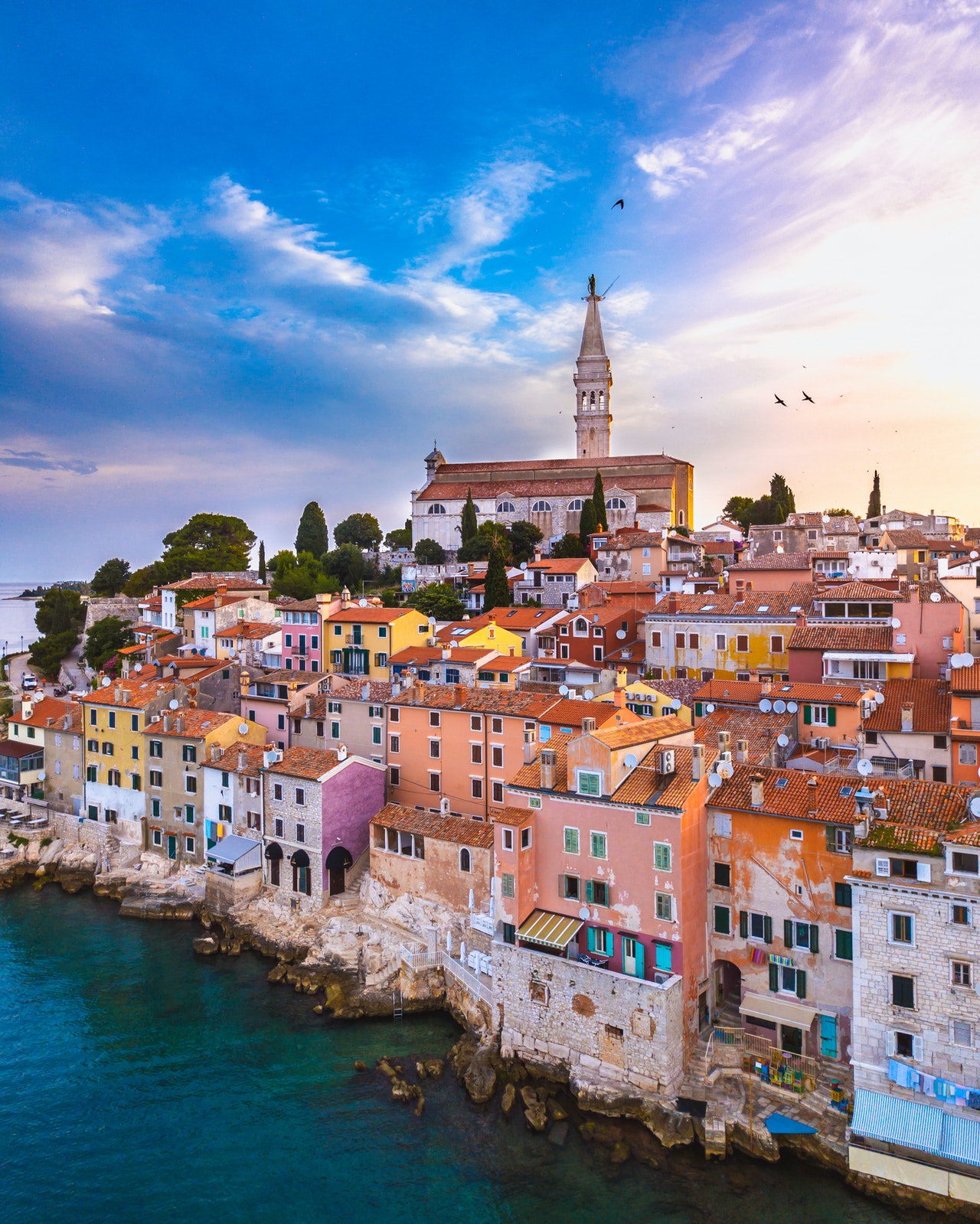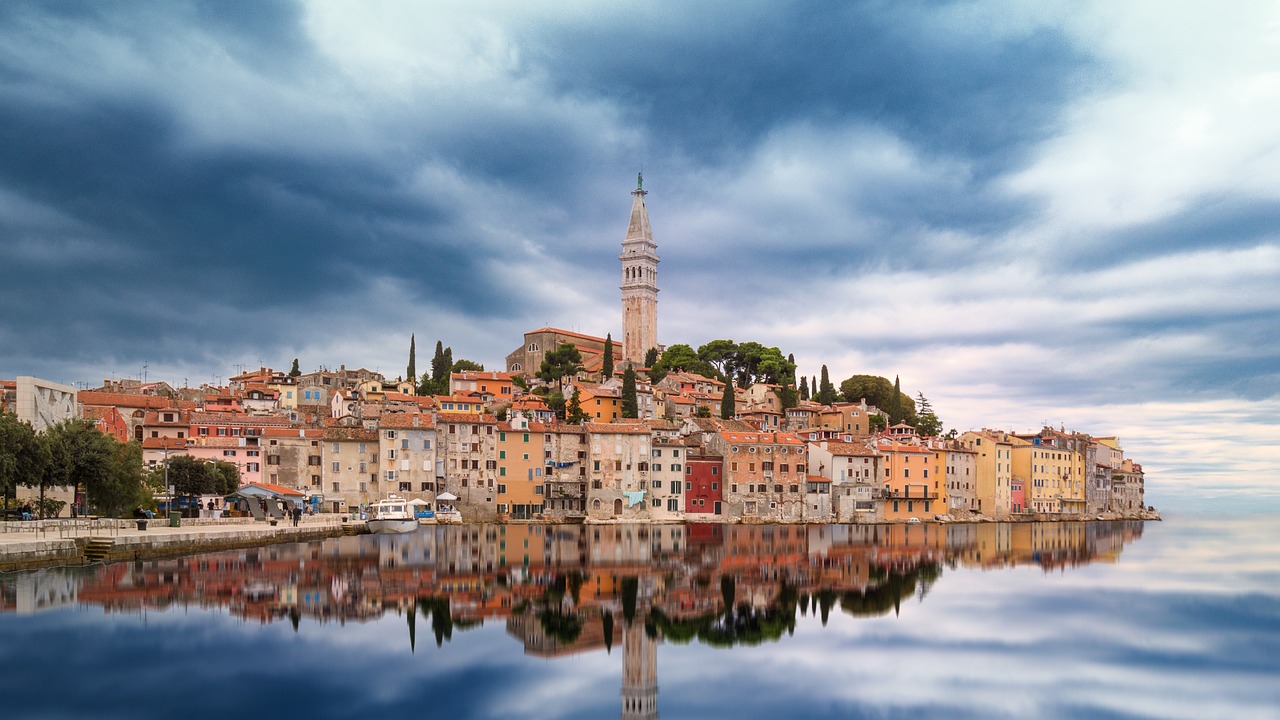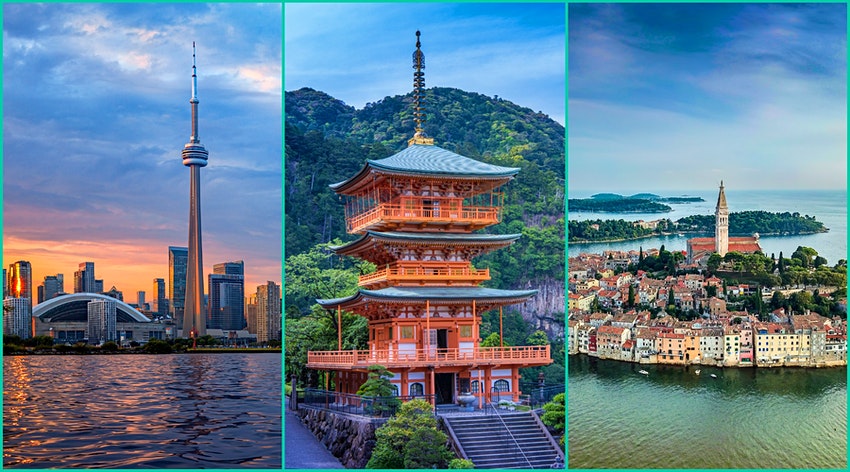Here are the winners of the Readers Choice Awards for the best places to travel in 2021 – by online voting.
Toronto, Canada

Here it is, engraved on the coat of arms of Toronto, like a sailor’s tattoo: “Diversity is our strength.” By the often unattainable standards of the city’s slogans, Toronto is indeed responsible: the Ontario capital is home to 250 ethnic groups who speak more than 170 languages, creating an invigorating atmosphere in its ethnic enclaves – there are two Little Italia, three Chinatown, countless others – and forming rich attacks of Art Nouveau.
From Poland to India, Malta and Greece, as well as almost anywhere on the map, the city offers travelers a metaphorical combination of world experiences. You can glorify your thighs in a salsa lesson, enjoy sardé becafic (stuffed sardines) made by a Sicilian chef, and then drink hot sake at the Japanese cocktail bar Rockabilly, a little more than the price of a citywide tourist card PRESTO.
Internet readers have hailed Toronto for its “rich indigenous heritage” and described the city as “comprehensive and welcoming.” Indeed, Canada‘s largest city is a progressive and welcoming place that recognizes that it was built in the traditional territories of the Anishnabegs, Chippewa, Haudenosani, Mississauga Credit, and the Wendat people.
With the growth of the population of the first nations, Inuit and mestizos, a special tourist organization was created, which will help visitors to feel the real interaction with indigenous cultures: peacock; traditional fishing excursions; usual culinary delicacies.

“From an LGBTI + perspective, the city is one of the most gay and multicultural cities in the world,” said local blogger Ryan Thomas Woods, who runs out with Ryan. “It’s a city where you can be the real you, hold hands and kiss on the street almost anywhere.”
Wakayama, Japan

The wealth of natural beauty accumulated in Wakayama Prefecture – thunderous silver cascades, marble-white limestone shores, deep primeval forests – seems to cost the nation more than the Three Sacred Treasures of the Emperor’s Imperial Regalia.
Natural hot springs permeate heavy shoulders; slow pilgrimage routes permeate minds as tropical forests do; and meditative hikes in the pristine mountains help to calm the soul. No wonder readers have identified it as their favorite sustainable direction.

At its core, sustainability is a form of conservation – a device designed to reduce environmental, economic and socio-cultural pressure on tourist destinations.
“There’s nothing far-fetched about Wakayama’s strengths as an incredible place for resilience,” said photojournalist James Gabriel Martin, who last visited in 2017. “With such an innocent nature, the proposed management of the prefecture and tourism just makes sense.”
Here, travelers can take part in rural Japanese life by living on the land with the help of WWOOFing on farms such as Jugemu, or eating organically at the Villa AiDA restaurant, which uses only ingredients grown in its garden. The idea is to teach people to reconnect with nature.

In fact, protection is an organic continuation of what has existed here for a long time. Before there was an organized religion in Japan, the locals worshiped these forests and mountains, and it was considered a sacred act of walking among the high thickets of the Kiy Peninsula. The Kumano Kodo pilgrimage routes through the prefecture are the same ancient paths that samurai and emperors took hundreds of years ago.
Martin believes that by allowing visitors to stay with Buddhist monks in Koya-san, where you wake up early to meditate and eat local, vegetarian food, as well as guiding diving among Kushimoto and Shirahami corals, Wakayama uses the world as it is. “Life has a different rhythm here,” he says, “and the beauty of nature reigns overhead.”
Istria, Croatia

If you go to Croatia, on the coast of Istria, the western land, which sinks into the Adriatic as a protective heraldic shield, there are few unsolved secrets. From pastel powder houses with enviable sea views in Rovinj to the carefully preserved Roman amphitheater in Pula, the region’s aesthetic appeal can fill Instagram for weeks, but many of Istria’s true joys are beyond.
Readers who nominated him for the community award warned of the rich experience found on land, especially living with families on farms and the calm local atmosphere of the tiny villages on top of the hill. “The people who live here are real and hospitable,” said one reader. “Istria offers real and unforgettable impressions … each of which is given to local communities,” explained another.
Craftsmen’s tastings are one of the most authentic local experiences a traveler can have here: a small number of family farms have built tasting rooms so that visitors can try silky golden olive oils, spicy truffles or crunchy wines that have won awards.

“Istria realized many years ago what a gold mine it is sitting on, and has developed an excellent infrastructure for active recreation and gourmets,” says travel writer Mary Novakovich. “You will find routes on the peninsula for hiking and biking tours of the region’s wineries, olive oil producers and several friendly farms – known as agritourism.”
Novakovich recommends travelers to visit Motovun, where the old railway has become a panoramic trail. “Small towns and villages around, including the artists’ colony of Groznyan and Buzet, are part of an agritourism network where you can try local truffles, white wine with Malvasia, red Teran wine and a Croatian version of prosciutto,” she says.

